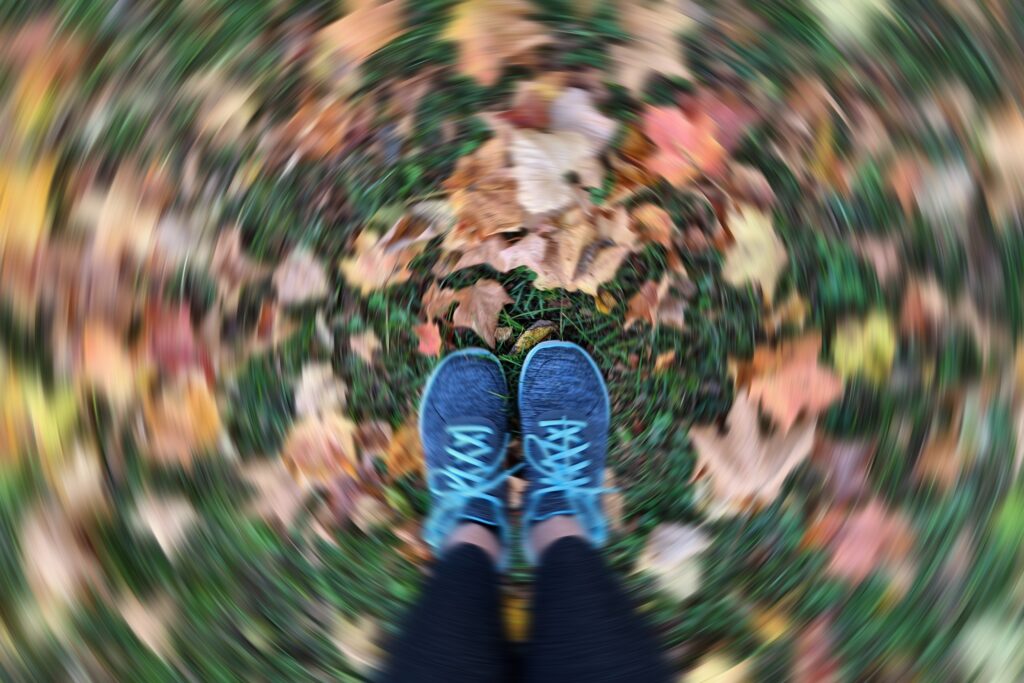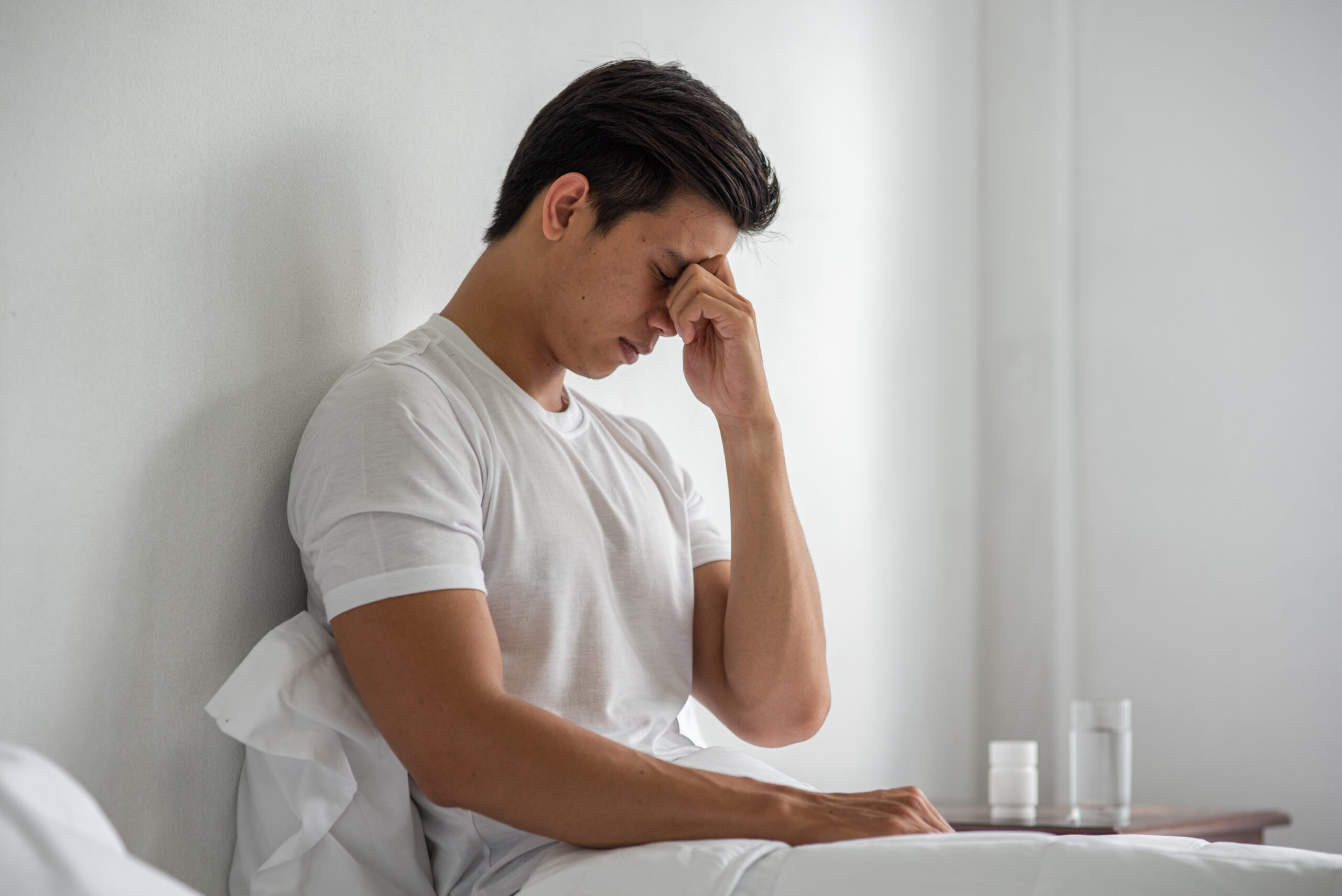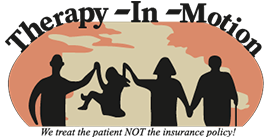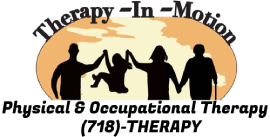
Beat Dizziness with Physical Therapy for Vestibular Disorders
By: Dr. Abe Kopolovich, DPT, MBA

Vestibular disorders encompass a range of conditions that affect the balance and equilibrium system in the inner ear. These disorders give rise to various symptoms, including dizziness upon standing, vertigo, and imbalance, significantly impacting daily life.
Good balance is often taken for granted. Most people don’t find it difficult to walk across a gravel driveway, transition from walking on a sidewalk to grass, or leave a bed in the middle of the night without stumbling. However, with impaired balance, such activities can be extremely fatiguing and sometimes dangerous.
Physical therapy offers effective management and potential cures for vestibular balance disorders. Please continues reading to find out.
Why Do Vestibular Disorders Happen?
Vestibular diseases in humans can be due to various reasons, such as infections, head injuries, age-related degeneration, and autoimmune disorders. The most common types of vestibular disorders are the ones that affect the balance system.
Some of the most common vestibular disorders are:
- Benign paroxysmal positional vertigo (BPPV)
- Vestibular migraine
- Labyrinthitis or vestibular neuritis
- Ménière’s disease
- Age-related dizziness and imbalance
- Head injury concussion or TBI
Vestibular Disorder Symptoms

Manifestations may include dizziness upon standing, vertigo, imbalance, nausea, vomiting, and difficulty walking or concentrating. These symptoms can be challenging to manage and significantly impact a person’s life.
How to diagnose?
A thorough evaluation of your vestibular function may involve the following:
- Medical history
- Physical examination
- Tests of inner ear function
- Hearing tests
- Balance tests
- Vision tests
Frequently, the signs of vestibular disorders are hard to recognize, and patients have difficulty describing their symptoms. Many people with dizziness, imbalance, or vertigo have trouble obtaining a diagnosis, as various types of disorders can cause dizziness.
Education about vestibular disorders can help you become a better advocate for your healthcare.
Treat Vestibular Disorders with Physical Therapy at Home

The objective of physical therapy for vestibular disorders is to address the underlying causes by retraining the balance nervous system. This treatment comprises a series of exercises that facilitate better coordination between the brain and inner ear, resulting in improved balance and reduced dizziness.
Here are some expert-approved exercises you can do right at home:
- Gaze stabilization exercises: sit comfortably in a chair and fix your gaze on a small object approximately 10 feet away. Keep your head steady and gradually move the thing up and down from side to side. Repeat this exercise 10 times.
- Head exercises: sit in a comfortable chair and slowly turn your head to the right, then to the left, up, and down. Repeat this exercise 10 times in each direction.
- Walking exercises: stand next to a wall for support. Slowly walk forward, taking small steps. Keep your head still and your eyes focused on a point before you. Repeat this exercise for 10 minutes.
- Eating exercises: sit in a comfortable chair and place a small amount of food on a plate. Slowly bring the food to your mouth and take a bite. Keep your head and eyes focused on the food. Repeat this exercise 10 times.
It is crucial to start these exercises slowly and gradually increase the intensity as you become more comfortable. If you experience any dizziness or nausea, stop the activities and rest.
Tips to Manage Vestibular Disorders In Between Consultations
- Maintain a regular workout routine: Exercise can help improve balance and coordination, reducing the risk of falls.
- Avoid activities that make you dizzy: This may include riding in a car, boat, or airplane or using a roller coaster.
- Prioritize sufficient sleep: Adequate sleep aids the body’s ability to recover from dizziness and promotes overall well-being.
- Manage stress: Stress can worsen dizziness symptoms. Find healthy ways to manage stress, such as exercise, relaxation techniques, or spending time with loved ones.
Seek Expert Treatment for Vestibular Balance Disorders at Therapy in Motion! Talk to Dr. Abe and our experienced team today to begin your journey towards optional health and improved balance.



